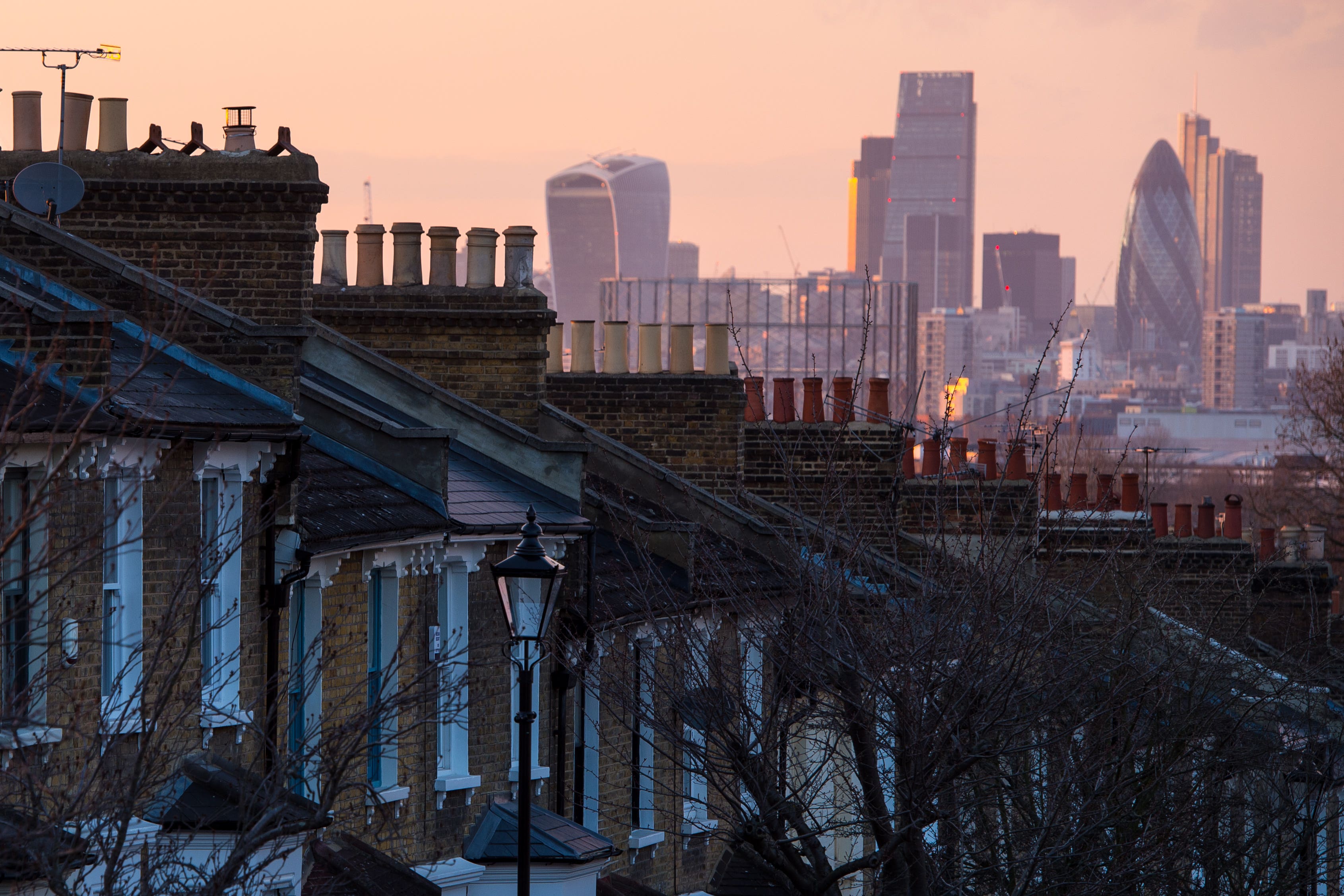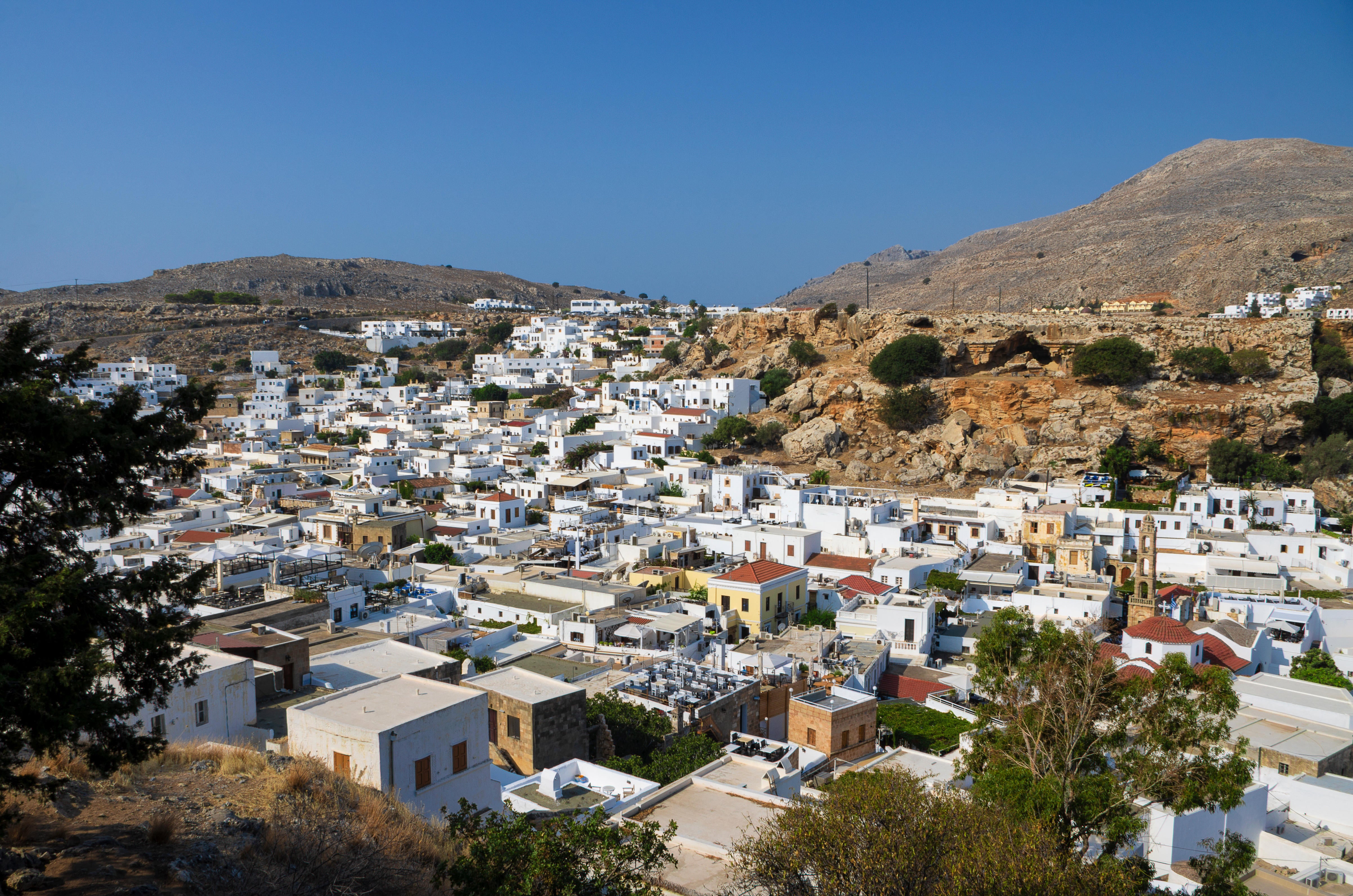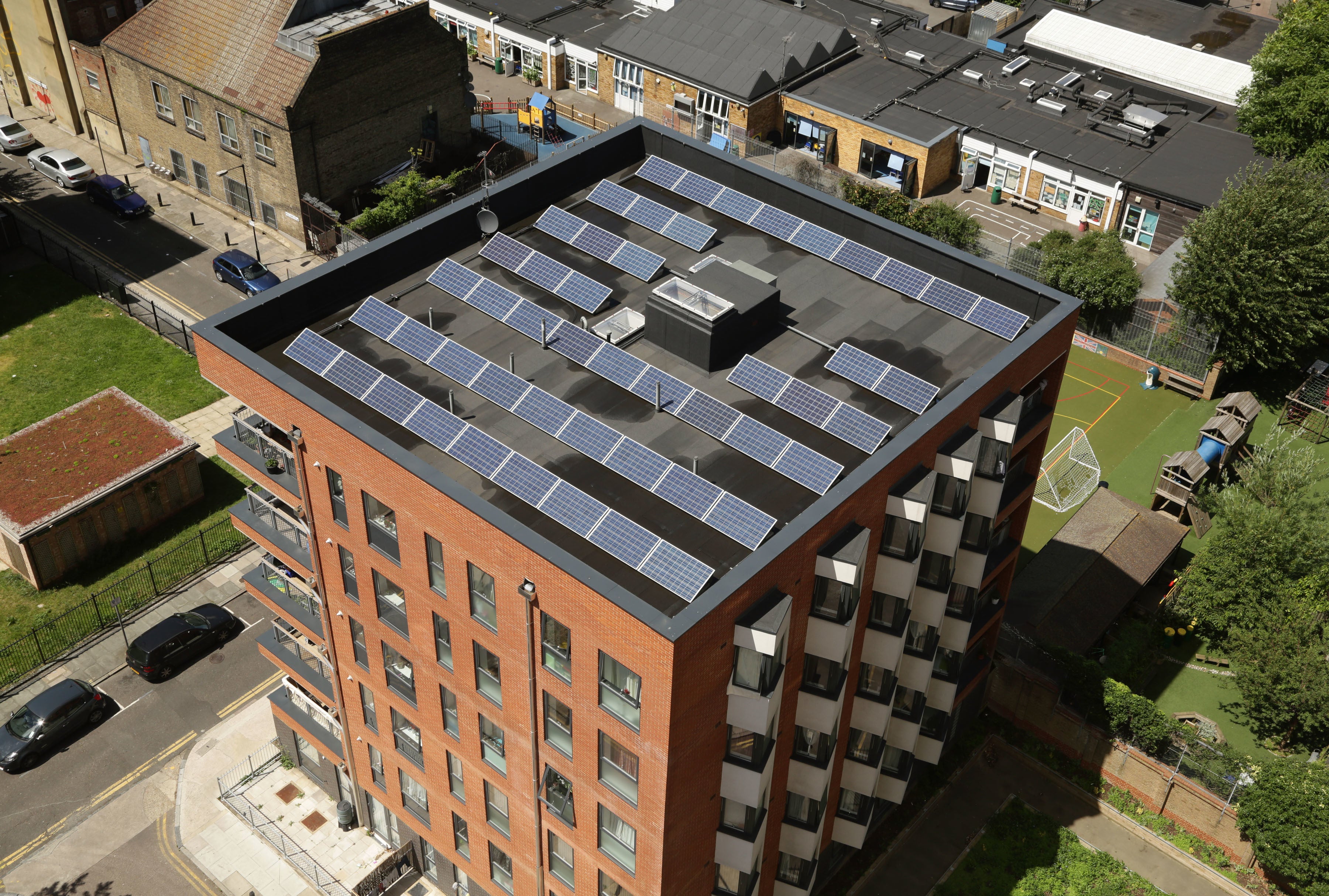Why painting London’s roofs could save lives
London saw its warmest ever summer in 2018

Your support helps us to tell the story
From reproductive rights to climate change to Big Tech, The Independent is on the ground when the story is developing. Whether it's investigating the financials of Elon Musk's pro-Trump PAC or producing our latest documentary, 'The A Word', which shines a light on the American women fighting for reproductive rights, we know how important it is to parse out the facts from the messaging.
At such a critical moment in US history, we need reporters on the ground. Your donation allows us to keep sending journalists to speak to both sides of the story.
The Independent is trusted by Americans across the entire political spectrum. And unlike many other quality news outlets, we choose not to lock Americans out of our reporting and analysis with paywalls. We believe quality journalism should be available to everyone, paid for by those who can afford it.
Your support makes all the difference.Painting London’s roofs white could save hundreds of lives in increasingly hot summers, a study has suggested.
Covering the capital’s roofs in solar panels could also have a positive impact in reducing heat-related deaths, while also generating large amounts of clean energy for the city, the research shows.
Researchers at University College London (UCL) and the University of Exeter used computer modelling to analyse the impact of “cool roofs” – painted white or reflective colours – on temperatures in London during its warmest ever summer in 2018.
They found that if all London’s rooftops were cool roofs it would lower average outside air temperatures by 0.8C, and if all of them were covered in solar photovoltaic (PV) panels, which absorb some of the heat to convert to electricity, temperatures would be down 0.3C.
They estimated that 249 deaths could have been avoided with full coverage of cool roofs, around a third of those who died from the heat in 2018.
And if all roofs carried solar panels, 96 deaths could have been avoided, and the solar PV could generate up to 20 terawatt hours of electricity, more than half of the total London used in the whole of 2018.
These light-coloured roofs, commonly found in hot countries, absorb less radiant energy from the sun than traditional dark roofs.

This helps counter some of the “urban heat island” effect which sees cities absorbing a lot of heat and becoming warmer than surrounding areas.
The researchers examined their cooling effects in summer 2018, when there were an estimated 786 deaths in Greater London in June, July and August attributable to the heat, as temperatures averaged around 19.2C, or 1.6C above average for the time of year.

The lives saved by the cool roofs would have reduced the city’s economic burden by around £615 million, and those saved by the solar PV would have reduced it by around £237 million, the researchers said.
They also said that if 2% of buildings had solar PV and the rest were cool roofs it would have saved 248 lives and generated up to £146 million worth of clean electricity.
Lead author Dr Charles Simpson, from UCL, said: “If widely adopted, cool roofs can significantly reduce the ground-level air temperature of a city.
“The resulting cooling effect across the city would save lives and improve the quality of life for residents throughout the urban area.”
He added: “Solar panels have great benefits as a source of renewable power, so it’s good to see they won’t make the city hotter.”
Co-author Professor Tim Taylor, of the University of Exeter, said: “The need for our cities to adapt to climate change is clear.
“Changing our roof spaces offers one potential solution.
“We need to encourage action like this, to reduce the burden of excess heat on people living in urban areas and capture potential co-benefits, including energy generation.”